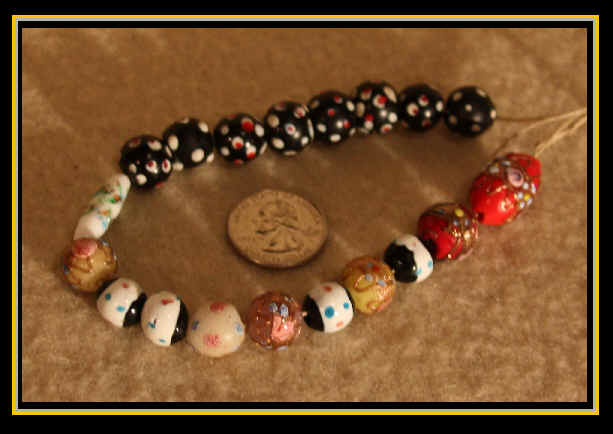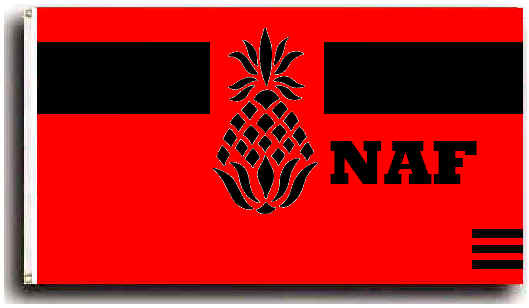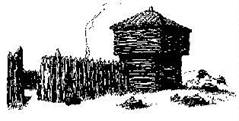
BUCK CONNER
Editor - Staff Writer
|
SMOKE SIGNALS ___________________________ As many of you know I sell many small collections of antique and reproduction items on "eBay" from time to time. Recently I have been cleaning out some of my personal wares in an attempt to lower my inventory. Some of the most resent items have been strands of original trade beads, some very rare ones I found out. Some of these beads have traveled at least three continents, and have graced numerous owners before finding me thirty years ago. I know very little about "trade beads" and have gained in knowledge more in the last month than in forty years from "bead" collectors. This was a good lesson in "do your homework" when your not sure of what you have. Of over 40 strands of these beads, some having over 50 beads per strand, mixed varieties from all over Europe to Africa. My very favorite strand that I decided to keep was a group of (30) "Lewis & Clark" trade beads with (3) "Ambassadors" trade beads in the center. This has driven the collectors crazy trying to make deals to get hold of this strand as they are not chipped or cracked, only signs are that of being used. Pictured below are a few other "Lewis & Clark" trade beads that I did sell.
LEWIS & CLARK Trade Beads. Other names: trade beads, "Lewis & Clark", fancy florals Type of bead: wound and decorated Made in: Venice Found in : Africa Approximate Age: early 1800s Overall Condition: Small chips, corrosion, and pitting are a normal part of their patina attesting to their age and extensive use. Another mystery is who wore them before those that will have them next.......after us.Damage, Repair: Bead size: Beads are 10-15mm in diameter. Strand length: 31 inches.
Example of a strand of original trade beads.
___________________________ Page 7 updated 05/10/2010 |





 come warm yourself friends
come warm yourself friends